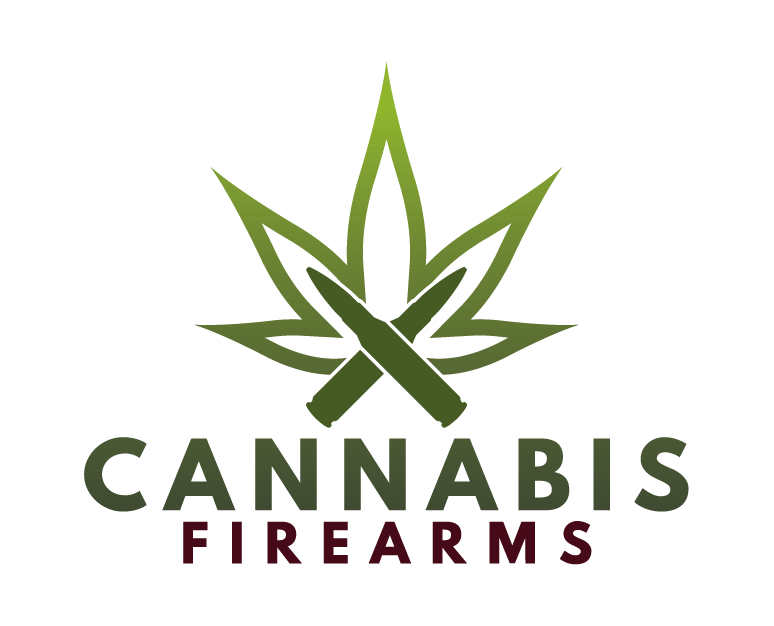Washington, D.C.—The federal government’s push to reschedule cannabis is creating waves far beyond the cannabis industry itself. One of the most complicated intersections sits between marijuana use and gun ownership—two issues heavily restricted by overlapping federal laws. While reclassifying cannabis from Schedule I to Schedule III would mark a major policy shift, it’s unlikely to immediately lift firearm restrictions for users.
The Department of Health and Human Services (HHS) formally recommended in 2023 that the Drug Enforcement Administration (DEA) move marijuana to Schedule III of the Controlled Substances Act (CSA), citing accepted medical uses and lower abuse potential compared to drugs like heroin or LSD. In May 2024, the Justice Department agreed, setting the stage for rulemaking that could officially downgrade marijuana’s federal status for the first time in over 50 years.
If finalized, cannabis would join substances like ketamine or anabolic steroids—still regulated but recognized for medical use. However, this change alone doesn’t make cannabis “legal” under federal law. It only redefines how it’s classified, taxed, and studied.
How It Impacts Gun Owners
Under 18 U.S.C. § 922(g)(3), anyone deemed an “unlawful user of … any controlled substance” cannot legally own or purchase firearms. The ATF’s Form 4473, required for every gun purchase through a licensed dealer, explicitly warns that marijuana remains illegal federally “regardless of whether it has been legalized or decriminalized in your state.”
That means medical marijuana cardholders, or recreational users in legal states, are still prohibited from buying or possessing guns under federal law—even if they’re fully compliant with local regulations.
Rescheduling to Schedule III won’t automatically change that. Cannabis would remain a controlled substance, and users would still be considered “unlawful” unless they obtained marijuana through a federally approved prescription—something that doesn’t exist yet. For the restriction to be lifted, the DEA and FDA would need to authorize cannabis as a prescribable medication, making its use “lawful” under federal standards.
Read more on Schedule III here.
Court Challenges Could Shift the Landscape
Even as rescheduling efforts move forward, federal courts are weighing whether the current firearms ban for cannabis users violates the Second Amendment. The Supreme Court is expected to hear arguments in a related case challenging the constitutionality of § 922(g)(3), following conflicting lower-court rulings.
In 2023, the Fifth Circuit Court of Appeals ruled that the federal ban on gun ownership for marijuana users failed to align with historical precedent, while other courts have upheld it. If the Supreme Court agrees to narrow or strike down the statute, cannabis users could see their firearm eligibility restored — regardless of how marijuana is scheduled.
What Could Change After Rescheduling
If cannabis officially becomes Schedule III, several shifts could follow:
- FDA-approved cannabis medicines: Patients prescribed federally approved marijuana-based treatments could no longer be classified as “unlawful users,” potentially restoring their gun rights.
- Revised ATF guidance: The agency might update Form 4473’s marijuana warning or clarify exceptions for prescribed use.
- Expanded litigation: New legal challenges would likely test how the revised classification applies to both medical and recreational consumers.
The Takeaway
Federal rescheduling would mark a monumental milestone for cannabis reform, easing tax burdens, opening doors to research, and acknowledging medical value. But when it comes to firearms, little changes until cannabis becomes prescribable under federal law — or the courts redefine what “unlawful use” means.
For now, anyone who uses marijuana in any form — medical or recreational — must still answer “yes” on Form 4473 and accept that gun ownership remains off-limits under federal law. Until Congress, the DEA, or the Supreme Court says otherwise, the nation’s cannabis users will remain caught between two rights that federal law still refuses to reconcile.

